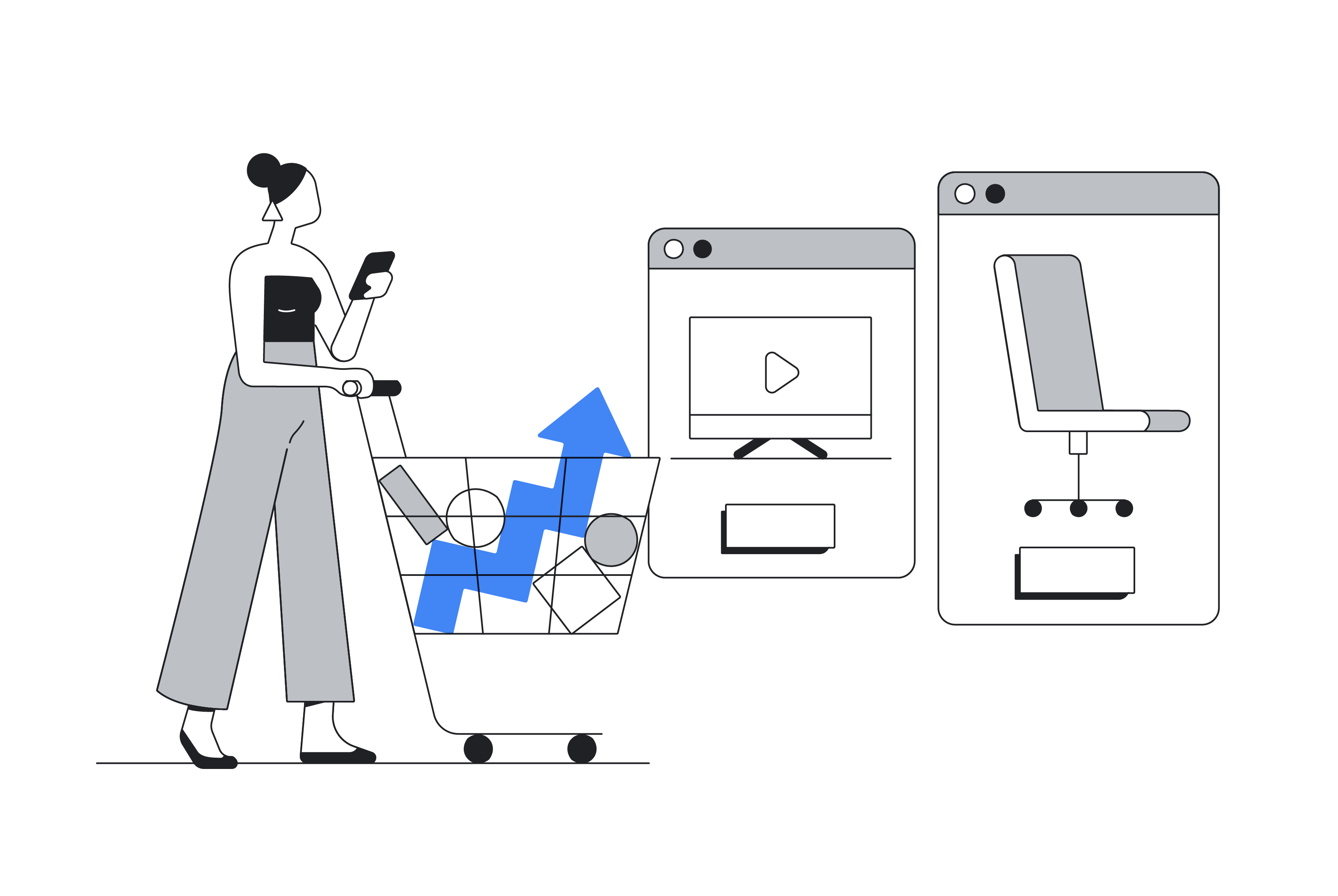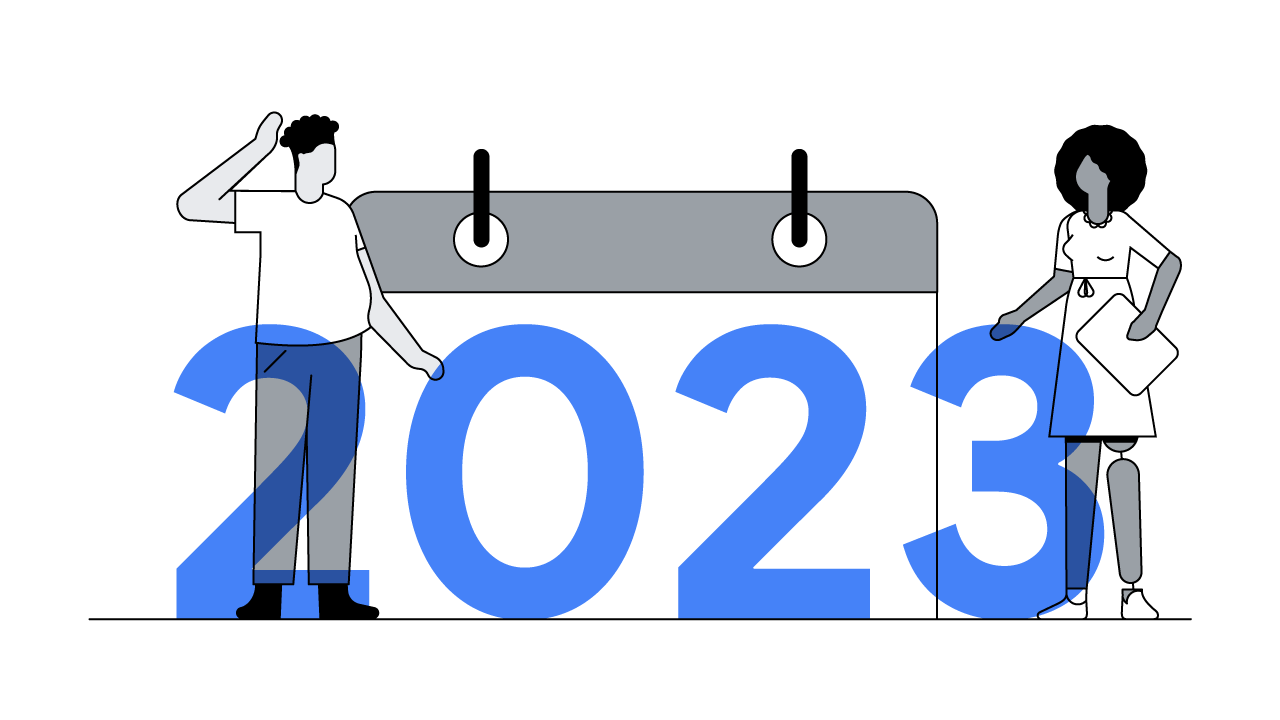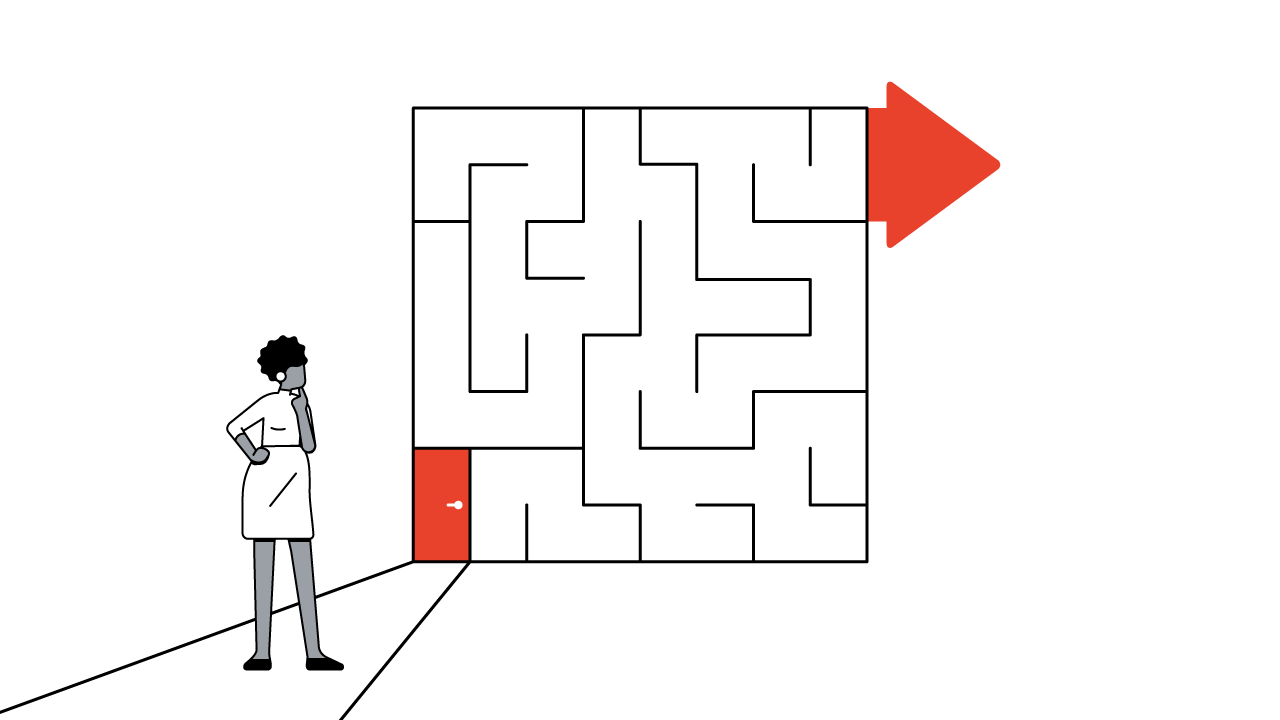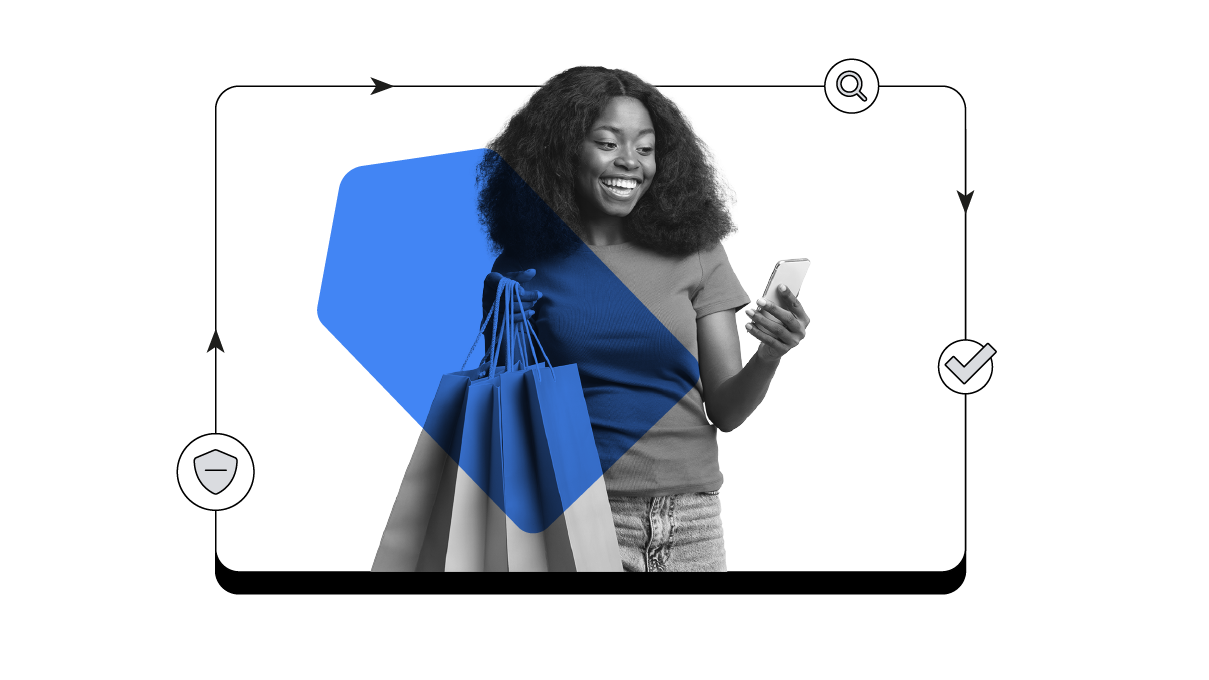The grocery category is on the precipice of major change. Today only 3% of U.S. grocery shopping occurs online, but e-commerce penetration is projected to triple over the next 10 years.1 This will create a major shift in how consumers spend grocery dollars as they embrace digital and expect grocers to do the same.
Traditional grocers have a unique opportunity to capitalize on this shift. Their deep relationships with shoppers and ability to meet critical, frequent needs position them to shape new behaviors in grocery.
A recent survey conducted by Google in partnership with Bain & Company shows just how big that opportunity is. When asked which retailer they would choose if they were to buy groceries online, people who haven’t used an online grocery shopping service in the last year said they were most likely to start with their neighborhood grocer. Almost all (96%) say they would look first to a traditional brick-and-mortar retailer for home delivery, and 85% say they would select a store they already visit.2
As the traditional grocery basket moves closer to its digital tipping point, grocers who embrace an omnichannel approach can use digital channels to take advantage of the shift in three ways:
- Getting an early jump on shaping new behaviours
- Winning first trial when shoppers are ready
- Closing the convenience gap to keep shoppers coming back
Start now to shape new behaviours
While most grocery shoppers aren’t buying online yet, they are shopping online. Today over 50% of offline grocery sales are influenced by digital,3 and 43% of CPG shoppers said they used search to become inspired, browse, or research in their most recent shopping journey.4 As grocery planning moves online, grocers have an opportunity to provide shoppers with tools and information that influence the products they explore and the decisions they make.

Want to win over shoppers who are considering online grocery shopping but haven’t made the leap yet? The features they say they’d value most are the ability to build a digital shopping list and having ways to compare prices.5
And there’s still an opportunity for grocers to get ahead of changing behavior, even for people already participating in digital shopping. Only 4% of grocery shoppers say they use voice assistant technology on smart-speaker-type devices for grocery planning,6 but 66% of those early adopters use voice assistants weekly — or even more frequently — for grocery planning.7
Win first trial when shoppers are ready
Grocers who can get shoppers to try online offerings even once will gain a huge advantage on the competition. It turns out that 75% of online grocery shoppers say they are still shopping with the first retailer they tried for online grocery.8 To attract and win current shoppers as they start to move online, grocers can drive awareness of online options, respond to early signals based on shoppers’ search and YouTube interests, and proactively deliver trial offers to high-value audiences.

Grocers and manufacturers also have an opportunity to collaborate by encouraging people to try online shopping. For example, a retailer could offer custom promotions as shoppers browse online. Combining retailers’ understanding of their customers, manufacturers’ strong brands, and digital’s ability to reach people will unlock opportunities to customize offers and messaging that will drive more site and store traffic.
Close the convenience gap to keep them coming back
Shoppers have high expectations for online shopping. They expect frictionless, intuitive, and even one-click experiences. But online grocery shopping is not yet consistently more convenient. Only 42% of people who’ve shopped online for groceries once in the past 12 months say that the experience saves them time versus shopping in a store,9 where they can easily and intuitively locate their favorite products, discover new ones, and compare brands and prices. Those in-store cues aren’t being replicated in the online experience, where sorting through product pages and building baskets can feel time consuming.
But over time, the online experience does become more efficient. After shopping for groceries three times, 63% of online grocery shoppers say that online grocery shopping saved them time — a jump of 21% more than one-time online grocery shoppers.10 Retailers have to rethink convenience to close the gap between online and in-store experiences, and make browsing, comparison shopping, and basket building intuitive and frictionless every time shoppers go online — including the first time.
The grocery category is poised for radical change over the next 10 years, as grocery follows the lead of other industries where people have become comfortable with shopping online. There will undoubtedly be experimental startups trying to disrupt the space. But forward-thinking traditional grocers who can leverage strong relationships with their customers to drive trial and build truly assistive shopping experiences are positioned to win as grocery shoppers become truly omnichannel.
To learn more about the omnichannel grocery shopper, read the full white paper by Google and Bain & Company.






